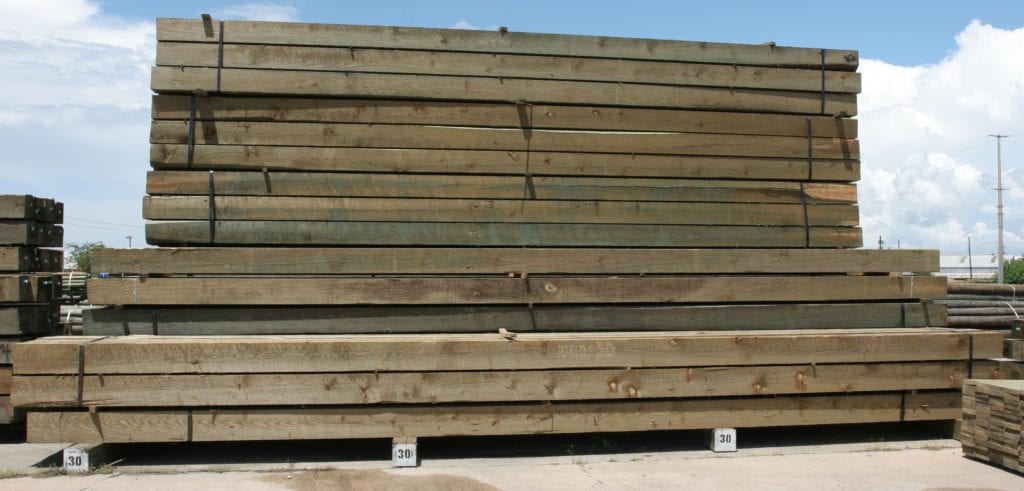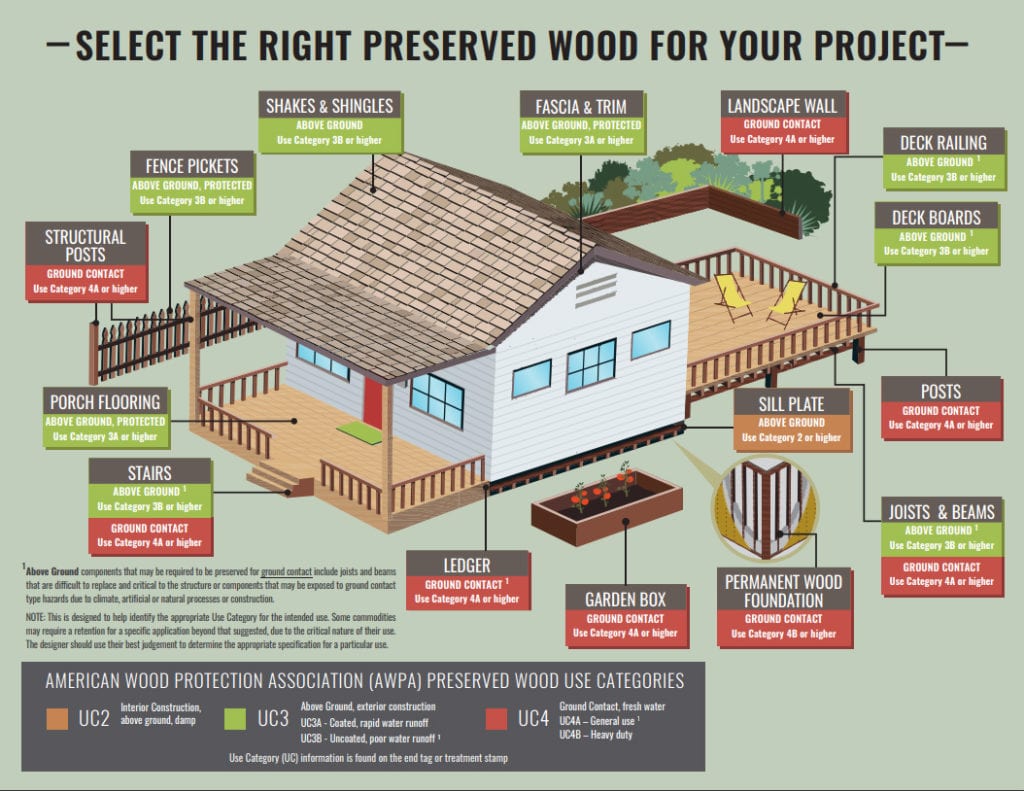Do You know What The Right Treated Wood Product is For Your Project?

In the construction and lumber industries, treated wood products and their applications are fairly well discussed and understood topics. However, what is not as widely discussed are the different degrees of exposure for treated wood products and their correlating categories of usage. When designing a commercial or residential structure, engineers and project consultants working on a project should know and consider which treated wood products should be used in constructing the project. A failure to use the proper levels of treated materials throughout the structure could result in an accelerated need of repairs and maintenance or a failed inspection. Fortunately, the American Wood Protection Association, commonly abbreviated as the AWPA, have created standards to improve treated wood products performance, standardize industry treated wood products industry-wide, and provide knowledge on all aspects of wood protection.
Founded in 1904, the American Wood Protection Association is a non-profit organization that is considered to be the authority on treated wood products and usage. Their industry standards and wood preservatives research are recognized by both the International Building Code and International Residential Code as the only officially listed standards when it comes to treated wood products. The AWPA Standards are developed in a consensus-based process that involves individuals from all corners of the wood preservation industry; from the wood preservative producers to the end users and everyone in between. These standards pertaining to treated wood products are titled in the AWPA’s annually published Book of Standards as Standard U1, also known as the Use Category System. The Standard U1 specifies detailed information on wood preservative products and their degrees of exposure for both residential and commercial use.
The AWPA’s Standard U1 system comprises six categories based on treated wood product’s exposure location and hazard degree:
UC1 - Interior Dry. For treated wood products used in interior construction that is dry and will not be in contact with the ground or exterior weather. Their common hazard of deterioration are insects such as termites.
UC2 - Interior Damp. For treated wood products used in interior construction where it may be subject to some moisture but is not not in contact with the ground. The common hazards of deterioration are decay fungi and insects.
UC3A - Exterior above ground. For treated wood products used in exterior construction that are coated, may be exposed to full effects of the weather, and not in contact with the ground. The common hazards of deterioration are decay fungi and insects. Application examples: Siding, trim, porches, and fascia.
UC3B - Exterior above ground. For treated wood products used in exterior construction that are uncoated and not in contact with the ground. The common hazards of deterioration are decay fungi, insects, and prolonged weather exposure. Application examples: Decking, joists, walkways, and railings.
UC4A - Ground contact. For treated wood products used in construction that are in contact with the ground, fresh water, and other general use. The common hazards of deterioration are decay fungi and insects. Application examples: Fence posts, structural lumber and timber, utility posts, and deck posts.
UC4B - Ground contact. For treated wood products used in construction that are in contact with the ground for heavy duty use such as severe environments with a high potential for deterioration. The common hazards of deterioration are decay fungi, insects, and biodeterioration from saltwater. Application examples: Wood foundations, utility poles, piers, and docks.
UC4C - Ground contact. For treated wood products used in construction that are in contact with the ground for extreme duty use such as very severe environments with an extremely high potential for deterioration in critical structural components. The common hazards of deterioration are decay fungi, insects, ongoing exposure to weather, and extreme biodeterioration from saltwater.
UC5A - Marine use. For treated wood products used in marine construction near or in salt and brackish northern coastal water. The common hazards of deterioration are marine wood boring organisms, salt kill, tidal water. Application examples: pilings, bulkheads, and piers.
UC5B - Marine use. For treated wood products used in marine construction near or in salt and brackish central coastal waters. The common hazards of deterioration are marine wood boring organisms, salt kill, tidal water. Application examples: pilings, bulkheads, and piers.
UC5C - Marine use. For treated wood products used in marine construction near or in salt and brackish southern coast and gulf coast waters. The common hazards of deterioration are marine wood boring organisms, salt kill, tidal water. Application examples: pilings, bulkheads, and piers.
UCFA - Interior fire protection. For treated wood products used in interior construction, fire protected, and is not in contact with the ground or exposed to exterior weather. The common hazards of deterioration is fire. Application examples: roof trusses, joists, and paneling.
UCFB - Exterior fire protection. For treated wood products used in interior construction, fire protected, and is not in contact with the ground but maybe exposed to full effects weather. The common hazards of deterioration is fire. Application examples: vertical exterior walls, roof surfaces, and other drainage system surfaces.
Understanding The End Tag on Treated Wood Products

source: awpa.com
Take a Look at a Use Category Infographic Provided by AWPA

source: awpa.com
Learn Even More About Treated Wood Products
Need treated wood for a project of your own? Visit our page about pressure treated lumber, or contact us online or call (800) 816-0335 to get a quote.
Sources:
https://awpa.com/info/technical/codes
https://awpa.com/images/standards/U1excerpt.pdf
https://awpa.com/images/standards/ResidentialInfographic2020.pdf
